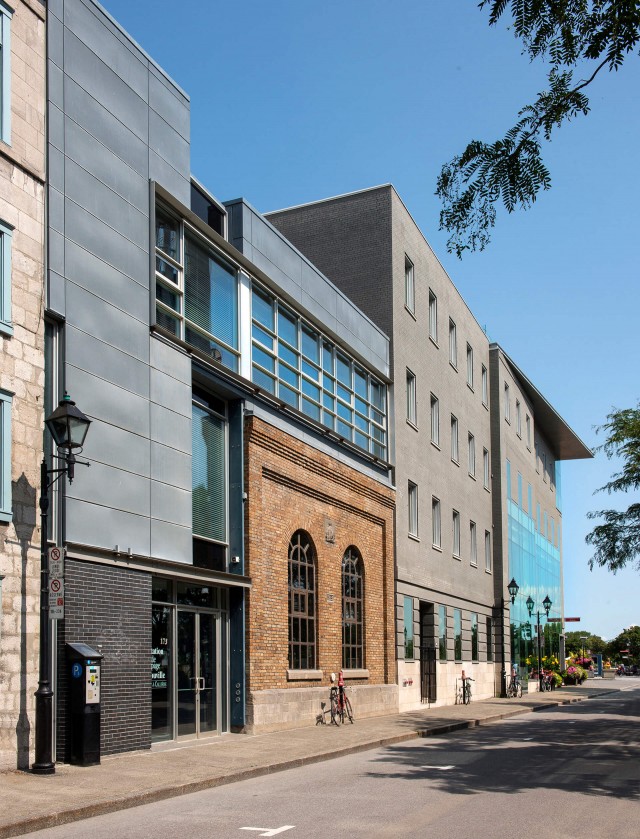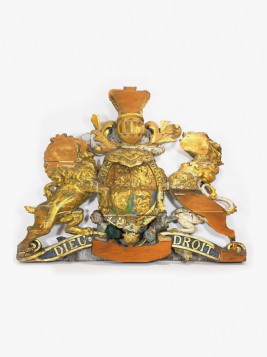Places and buildings
The Youville Pumping Station: a truly ingenious facility
The Youville Pumping Station was the third facility of its kind in Montréal but the first waste water pumping station to run on electricity. Inaugurated in 1915, the building, located at 173 Place D'Youville, housed the ingenious equipment that operated for more than a century.
Motors, pumps, valves and electrical equipment have been conserved in an interpretative space displaying the mechanical systems, operation and history of the station.
Necessity is the mother of invention
English engineer Stuart Howard designed the station for the City of Montréal in 1913. Hygiene issues related to waste water and frequent flooding in Old Montréal at the time motivated construction of the station.
With the Victorian allure of its facade and its striking Scottish brick, the station represents an important step in the technological and civic evolution of the city in the 20th century. The building includes a number of noteworthy features. First of all, the system for controlling water carried in the collector sewer plunges deeply underground, more than two storeys below the street! As well, the underground portion of the building is accessible and allows to clearly see the pumping and water flow control mechanisms in the sewer.
In operation until 1990
The station was constructed in order to raise the level of Old Montréal waste water from the Petite River collector sewer by six metres, to then transfer by gravity to a second collector located a kilometre away on Craig St. (Saint-Antoine St. today).
Historically known as a "lift station" to indicate its primary function, the station operated until 1990. All Old Montréal and Cité du Havre waste water was directed toward the south interceptior of the Montréal Urban Community waste water filtration plant.
The Youville Pumping Station was subsequently acquired by Pointe-à-Callière that transformed it into an interpretative centre open to the public since 1999. The motor room can also be rented for private functions.



